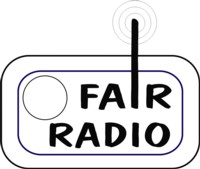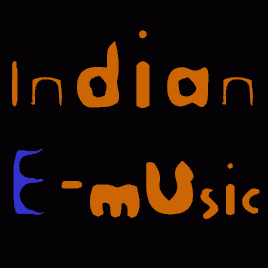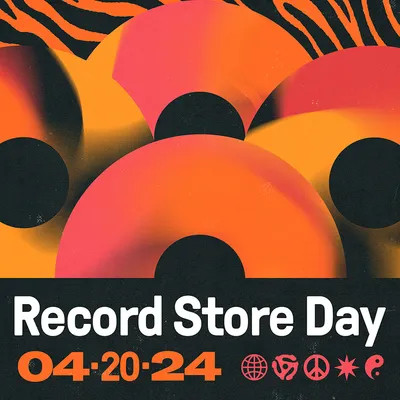A – Raga CDs of the Months (08/2016): Imdadkhani Gharana – The Great Masters from Etawah
Posted by ElJay Arem (IMC OnAir) on August 26, 2016
The term Gharana appeared different times in some of IMC OnAir’s former broadcastings. Gharana-s are a kind of music schools we can find in North and South India. Within Indian Classical music the Gharana-s are stylistic branches, interpretation forms of Ragas with characteristic ornamentics which are passed on from generation to generation, by a teacher (guru) to the pupil (shishya) in oral form.
Imdadkhani Gharana is one of the oldest schools of music of North Indian Classics (Hindustani music). It goes back to the musician and founder Imdad Khan (1848-1920) who played the Sitar and Surbahar (bass sitar). Imdad Kh. was born in Agra, his family moved to Etawa, a district in British-India close to the Yamuna river. Therefore Imdadkahni Gharani is well-known as Etawah Gharana. Today Etawah belongs to the Indian Federal State Uttar Pradesh.
dates of broadcasting…
28th August 2016 – 05:00 p.m. EST (11:00 pm CET) @ Radio FRO (A)
(premiere: 21st March 2011 – 11:00 pm CET @ Tide Radio)
broadcasting plan | streaming (Internet Radio & Mobile Radio) | podCast
Imdad Khan eminates from a famous family of musicians. The musical family tree of the Khan family can be retraced almost 400 years. We find the roots in the district Agra, in the North Indian Federal State Uttar Pradesh.
 The Imdadkhani Gharana spread over Etawah to Kolkata (former Calcutta), Hyderabad, Indore and Mumbai nearby completely through whole India. The historical roots of the Imdadkhani Gharana go back to the 16th century, equal the family tree of the Khan clan. The Imdadkhani Gharana developed from the Gwalior Gharana. It is one of the oldest schools of music in which vocal styles of North Indian classics developed, like the Khayal.
The Imdadkhani Gharana spread over Etawah to Kolkata (former Calcutta), Hyderabad, Indore and Mumbai nearby completely through whole India. The historical roots of the Imdadkhani Gharana go back to the 16th century, equal the family tree of the Khan clan. The Imdadkhani Gharana developed from the Gwalior Gharana. It is one of the oldest schools of music in which vocal styles of North Indian classics developed, like the Khayal.
In the tradition of the ImdadhKhani Gharana (or Etawah Gharana) it is characteristic for the Sitar play that singing technique is converted. Designated as: Gayaki ang. By a Sitar maestro it is intended to come close as possible to the expression strength and variety of the human voice as the leading instrument of Indian Classics. Also all other instrumentalists, e.g. on the Indian flute (Bansuri), the Indian fiddle (Sarangi) or Sarode strive for the intonation of the human voice. But as no other Indian instrument on the Sitar is played the repertoir of classical singers with the Gayaki ang.
Same as Imdad Khan his son Enayat Khan (1895-1938) was one of the most important sitarists of the early 20th century. It was Enayat’s earnings that he made the Sitar music accessible and popular for a larger audience in the cultural capital of India, in Calcutta (Kolkata). Before the Sitar was heard predominantly in a small circle by music enthusiasts. Apart from popularisation Enayat Khan developed the architecture/design of the Sitar. The Indian Nobel prize winner for literature Rabindranath Tagore (1861-1941) ranked among the musical companions of Enayat Khan. He died at the age of only 43 years and left four children. Two sons, the Sitar player Vilayat Khan (1928-2004) and Surbahar maestro Imrat Khan (b. 1935) became famous musicians in the tradition of the ImdadKhani Gharana.
Related Articles
- Raga CDs of the Months (12/10): Studies in Indian Classical Music (part 1). (imcradiodotnet.wordpress.com)
- Asha Bhosle and Shujaat Khan – review (guardian.co.uk)











Leave a comment